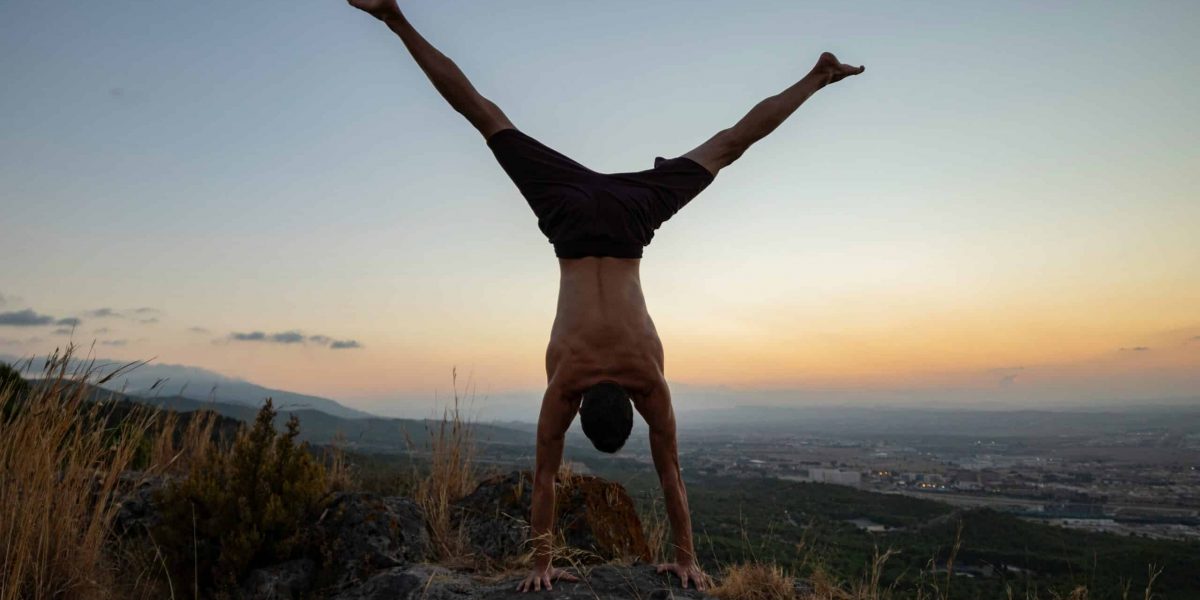In recent years, calisthenics, or bodyweight exercises, have surged in popularity. More and more people are choosing to work out at home or avoid the gym altogether, turning to this form of exercise to build strength, flexibility, and mobility. What makes calisthenics particularly appealing is its simplicity; no equipment is required, and it can be done anywhere, making it accessible to a wide range of individuals. This article delves into why calisthenics is becoming a preferred choice for those looking to enhance their physical fitness.
Why Are Bodyweight Exercises So Popular?
The appeal of calisthenics lies in its versatility and convenience. Bodyweight exercises can be adapted for individuals of any fitness level, from beginners to advanced athletes. Whether performing push-ups, squats, or planks, each exercise challenges the body in a way that improves not only strength but also mobility. Unlike traditional weightlifting, which requires expensive equipment or gym memberships, calisthenics allows individuals to work out from the comfort of their own home, making it an ideal option for those with busy lifestyles or those avoiding crowded gyms.
Research shows that calisthenics can improve functional strength, meaning it enhances a person’s ability to perform everyday tasks. It develops strength relative to body size and helps improve core stability and joint mobility, two important factors in maintaining long-term physical health. It also places less strain on the joints compared to heavy lifting, making it a gentler option for older adults or individuals with joint concerns.
The Role of Mobility in Calisthenics
One of the key benefits of calisthenics is the focus on mobility, an aspect often overlooked in other forms of exercise. Many calisthenic movements require a full range of motion, which helps increase joint flexibility and prevent stiffness. For example, movements like deep squats, lunges, and push-ups engage multiple muscle groups and encourage the body to move through its natural range, improving flexibility and preventing injuries over time.
The mobility aspect of calisthenics is especially valuable for those looking to improve their posture and overall joint health. Whether it’s holding a plank for time or practicing controlled, slow push-ups, these exercises not only build strength but also promote balance and mobility throughout the body. Mobility training is essential in maintaining muscle elasticity, which helps keep the body functional as it ages. With consistent practice, calisthenics can prevent injuries, increase joint stability, and aid in faster recovery from physical stress.
Calisthenics: A Full-Body Workout
Unlike machines or dumbbells that often isolate specific muscle groups, calisthenics offers the benefit of a full-body workout. Exercises like pull-ups, push-ups, dips, and leg raises engage multiple muscle groups simultaneously, ensuring a balanced workout that develops strength, endurance, and coordination. This kind of training helps the body function as a unit, improving overall body control and movement efficiency.
For those interested in building strength, calisthenics can provide effective muscle-building results over time. While bodyweight exercises may not appear as intense as traditional weight training, they can be incredibly challenging when performed correctly and consistently. Advanced calisthenics moves, such as muscle-ups, handstand push-ups, and one-arm push-ups, demand significant strength and control. These exercises are a testament to the power of bodyweight training in achieving physical prowess.
How Calisthenics Supports Home Workouts
For many, the convenience of working out at home is a major factor in choosing calisthenics. The ability to perform an effective, full-body workout without the need for expensive gym equipment is a huge draw. In fact, the pandemic only accelerated the popularity of home workouts, as many people sought ways to stay active without leaving their homes. Calisthenics allows for the development of a solid fitness routine with minimal space, making it perfect for small apartments or homes without a dedicated workout area.
This form of exercise is also highly customizable. Individuals can gradually progress from basic movements like push-ups and squats to more advanced variations, tailoring their workouts to match their fitness level. Online resources and fitness apps also help guide people through different calisthenic programs, making it easy for beginners to start and experts to continue progressing.
The Mental Benefits of Calisthenics
Beyond its physical benefits, calisthenics offers mental advantages as well. Regular bodyweight training has been shown to reduce stress, improve mood, and boost overall mental health. The focus required during a workout—whether it’s maintaining proper form during a plank or holding a deep squat—helps clear the mind and promote mindfulness. Moreover, as individuals progress in their workouts and master new techniques, it boosts self-confidence and provides a sense of accomplishment.
The mental focus required during bodyweight exercises also helps improve concentration and discipline, qualities that carry over into other areas of life. Regular exercise routines, like calisthenics, help regulate the body’s natural rhythms and encourage healthier lifestyle choices.
The Future of Calisthenics
As more people discover the benefits of calisthenics, the future of bodyweight training looks bright. The ongoing focus on functional fitness and the increasing availability of online resources makes calisthenics accessible to anyone, regardless of their fitness background. Moreover, the sport continues to evolve, with athletes developing new movements and training techniques to challenge the limits of human strength and mobility.
Calisthenics is not just a trend, but a sustainable form of fitness that can be maintained for years. As health-conscious individuals seek more flexible, affordable, and effective ways to stay fit, calisthenics will undoubtedly continue to grow in popularity.








